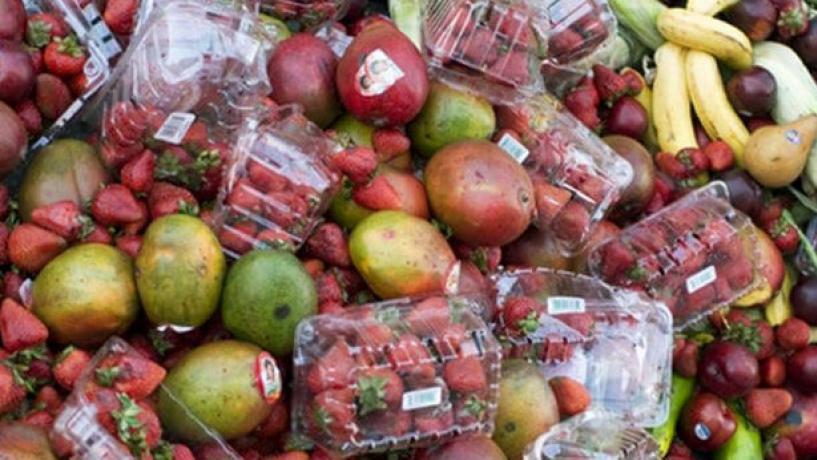
It's extremely important to have food standards, and the Australian commission, FSANZ, works very hard to ensure all companies producing or supplying food items take care to follow codes and only offer consumers items that are safe to eat.
However, there is a big difference between food safety and cosmetic issues.
Currently, all produce offered in Australia must pass very strict standards for safety to the consumers. The rules are so strict that there are even questions over the safety of irradiated tomatoes, and these items will not be allowed until the Food Safety Commissioner has signed off on them. This is all very good news for Australian consumers. They can rest assured that foods they eat will be safe and nutritious.
However, some supermarkets, and consumers, for that matter, have become too picky. Because of this, tons of produce are left to rot in storage lockers every year. These items aren’t wasted because they are unfit for consumption. Instead, they are left to rot because they had minor cosmetic blemishes. Food concerns among consumers have become so big that people aren’t comfortable even purchasing an apple that has a spot on it. However, minor blemishes are normal and should be accepted. It's extremely hard to get a whole crop of perfectly formed fruit or vegetables no matter how stringent the grower is about following food safety laws and codes.
Unfortunately, supermarkets tend to feed consumer fear and cater to their need for cosmetically flawless items. Grocers will only purchase the spotless fruits and vegetables because that's what they want to offer to their consumers. In turn, farmers and growers are forced to only sell those blemish free items.
Often, the blemishes that deem the foods unacceptable are so small that many consumers would never notice them. They would certainly pass any food safety codes put forth by the FSANZ or any other group.
Thousands of dollars in foods, like honeydew melons, are left to rot in the fields every year. This hurts many people in the process. Since farmers aren’t able to grow enough perfect items, they offer a lower supply. The rule of supply and demand indicates this will then drive up the prices. Consumers are then forced to pay more money and the growers and manufacturers lose out all the way around. It is important to follow food safety code, but there is a big difference between a spot on a melon and a dangerous food item.





